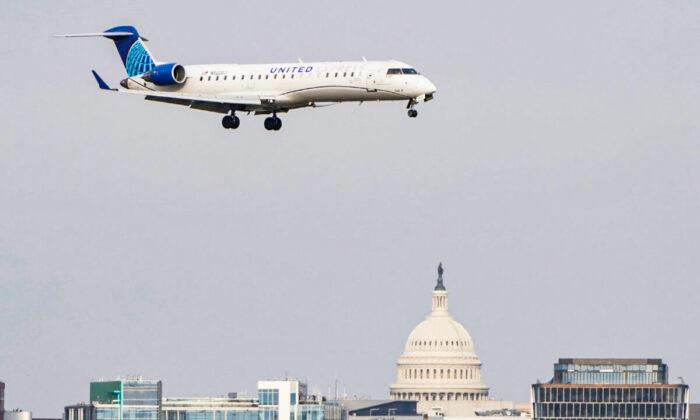More travelers around the world are eager to travel by air this summer after two years of pandemic related restrictions, leading to a boost in airline business.
The International Air Transport Association (IATA) reported on June 20, that the airline industry is expected to post a $9.7 billion loss in 2022 for a net loss margin of -1.2 percent, which is an improvement from the revised $42.1 billion in losses in 2021.“Airlines are resilient. People are flying in ever greater numbers. And cargo is performing well against a backdrop of growing economic uncertainty,” said Willie Walsh, IATA’s Director General.
“It is a time for optimism, even if there are still challenges on costs, particularly fuel, and some lingering restrictions in a few key markets,” he said.
The IATA report forecasts that industry yields will rise by 5.6 percent globally this year, with the sector returning to profitability by 2023, although global capacity is not expected to reach 2019 pre-pandemic levels until 2024.
High pent-up demand for airline tickets this summer means that most passengers will tolerate the jump in seat prices.
It appears that many consumers have saved up for travel during the pandemic when many borders were closed and holidays were postponed.“We have a certain degree of insensitivity to prices this year,” said IATA Chief Economist Marie Owens Thomsen regarding consumers, but “that could fade into next year.”
Nonetheless, airlines are concerned about the end of peak travel season, when the cost of rising inflation and interest rates begin to kick in, as it is unknown if the recent recovery in air travel will sustain itself into the future.
The report said that industrywide revenue this year will be $782 billion, up 54.5 percent from 2021 and matching 93.3 percent of 2019 figures.North American based carriers have witnessed the greatest improvements and are expected to deliver an $8.8 billion profit in 2022, with air travel at 95 percent of 2019 capacity levels.
IATA estimates that fuel inflation will drive up expenses by $128 billion for the industry this year, led by a more than 40 percent increase in global oil prices and a widening crack spread, a proxy for short-term profit margins of oil refineries, in 2022.
Airline improvements in efficiency and yields are helping to reduce losses in rapidly rising labor and fuel costs, which in total, are expected to increase 44 percent year over year from 2021.
“The reduction in losses is the result of hard work to keep costs under control as the industry ramps up. The improvement in the financial outlook comes from holding costs to a 44 percent increase while revenues increased 55 percent,” Walsh said.
“As the industry returns to more normal levels of production, and with high fuel costs likely to stay for a while, profitability will depend on continued cost control.
“And that encompasses the value chain. Our suppliers, including airports and air navigation service providers, need to be as focused on controlling costs as their customers to support the industry’s recovery,” Walsh continued.
Positive earnings still remain short of pre-pandemic levels, with many of the air carriers still loaded with debt and passing rising operational costs onto passengers in the form of higher ticket fares.
Consumers worldwide are already dealing with higher prices for necessities such as groceries and gasoline, which have risen faster than the average wage, likely leading to a slow down in travel in the latter half of the year.“I don’t think it’s a flash in the pan,” Walsh told Reuters in Doha regarding the spike in air travel.
“I think there is some pent-up demand being fulfilled at the moment, but you’ve got to remember we’re still well below where we were in 2019.”
“So I think there’s still a lot of ground to make up before we can get into the debate as to whether we'll see that taper off,” he concluded.
Reuters has contributed to this report.




